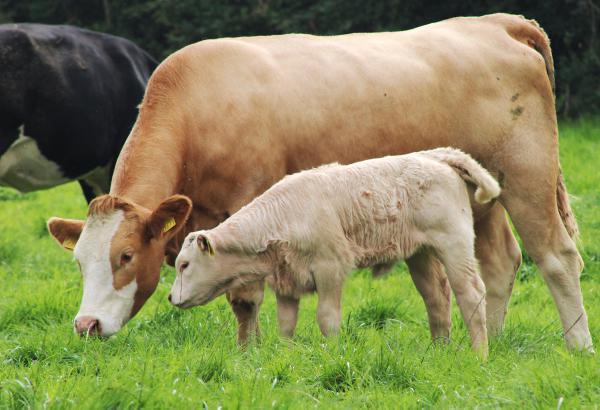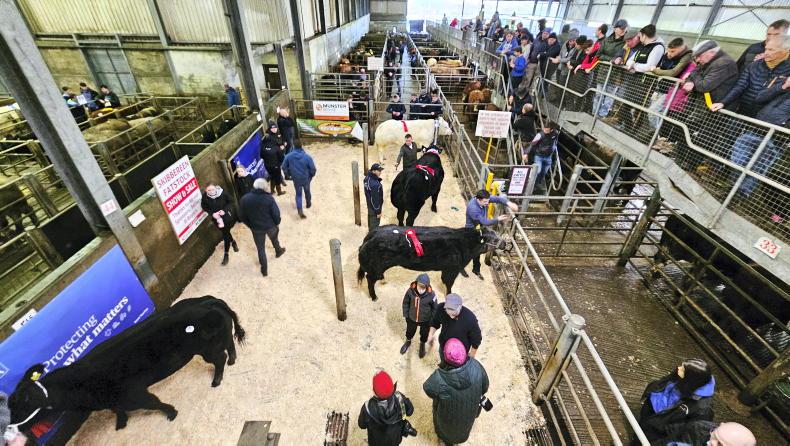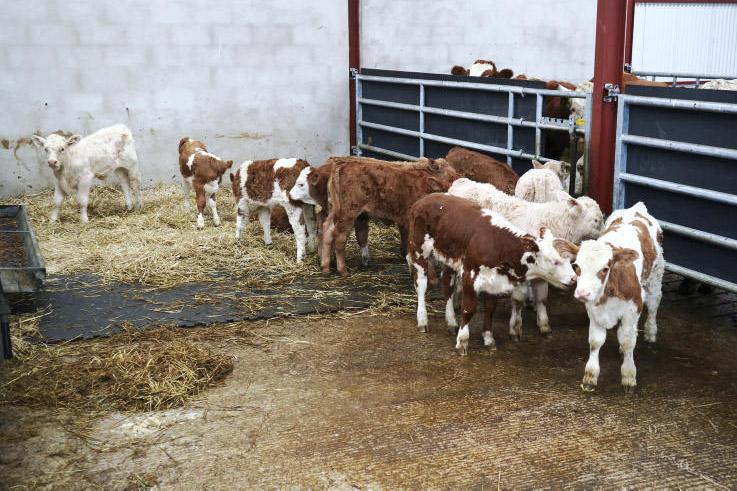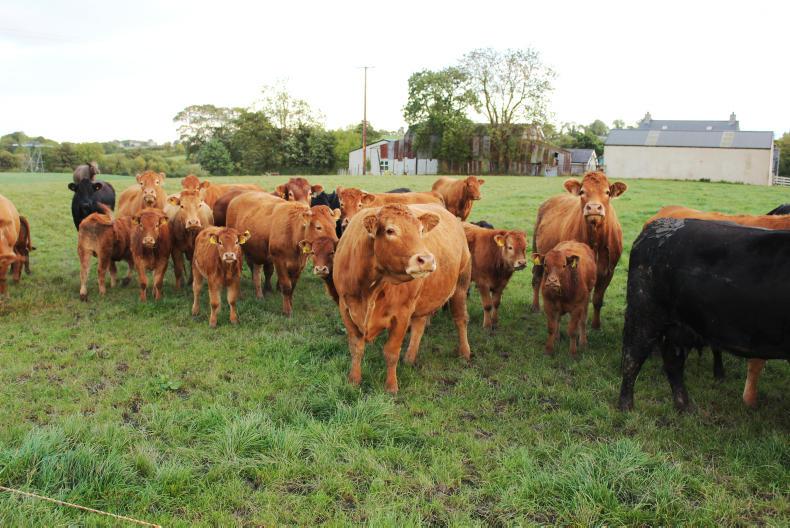Good nutritional management is needed before the start of any breeding programme, but is essential for winter AI. In spring-calving herds, cows move on to a rising plane of nutrition once they have been turned out to good grass, which has a positive effect on ovulation and conception rates.
Similarly, it is vital that the feed supplied by the diet is sufficient to meet the energy demands of the autumn-calving cow. The freshly calved cow faces many competing demands. If energy intake is insufficient, then the knock-on effect will limit the reproductive performance of the cow.
Energy is required for maintenance of body condition, producing milk and for reproduction. Thin cows are slow to resume cycling after calving as the animal is under-nourished and in a state of energy deficit if the diet is not altered to supply additional energy.
Silage usually has a lower feed value than grazed grass and as it also has a higher fibre content, cow intakes are reduced. Generally speaking, a cow will consume around 2% of her liveweight on grass. On silage, this intake is typically 1.5% as the extra fibre in silage slows down digestion and therefore reduces intake. If the cow is eating less, then her dry matter energy intake will be reduced. The target BCS before the start of the breeding period for autumn-calving suckler cows is =3.0.
Feeding guidelines
In terms of feeding guidelines, energy in cattle nutrition is measured in units called UFL where 1.0 UFL is equivalent to 1kg of air-dry barley. Energy in all other feeds is related to this. In addition to the animal’s maintenance requirement of 5.5 UFL/day, the autumn- calving cow in milk requires an additional 0.45 UFL per litre of milk produced.
Suckler cows with a high percentage of continental breeding will produce in the region of five to eight litres of milk per day indoors. Therefore, a 650kg cow producing five litres of milk needs 7.8UFL per day. For the higher yielding cow producing eight litres of milk, daily energy requirements are 9.1UFL per day while maintaining body condition.
To meet her nutritional requirement, the outlined autumn-calving cow will get enough energy from a highly digestible ad-lib high-quality silage of 72 DMD or better. Average-quality silage on suckler farms is typically 67 to 70 DMD and cows will benefit from feeding 1kg to 1.5kg per day of a high-energy concentrate. On low-quality silage (below 65 DMD), cows in ideal body condition will need 2.5kg of concentrates up to the end of the breeding season. Meal levels can then be eased back to 1kg per day to maintain BCS until turnout and help to prevent early embryonic death. Always offer minerals on a silage diet either through the ration or by sprinkling on forage.
Proper detection of cows in heat is essential to get the correct timing of insemination. Heat detection in the suckler herd is more difficult when compared with the dairy herd. This is because the intensity of heat is not as strong and does not last as long – average heat duration is only 10-12 hours and shorter by a few hours when cows are housed indoors.
Heat detection is also more difficult in smaller herds as the more cows that are in heat in the same area, the greater the mounting activity and other sexual behaviour leading to a better overall expression of heat and detection rate.
To achieve a target conception rate of 60% using AI, the farmer assumes the same responsibility as the stock bull for accurately detecting heat and the proper timing of insemination.
The key factor is the skill of the farmer performing heat detection and the ability to recognise and interpret cow’s heat signals, both primary and secondary signs, to ensure proper timing of insemination.
Thus, the dilemma for the inseminator is determining which cows are in a “standing heat” and when that heat occurs. Use of a teaser bull and restricting the calf from suckling to a maximum of twice daily will greatly increase the strength of heats in cows.










SHARING OPTIONS